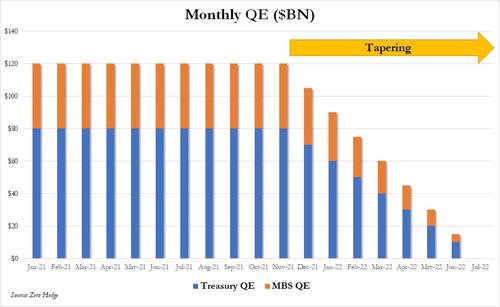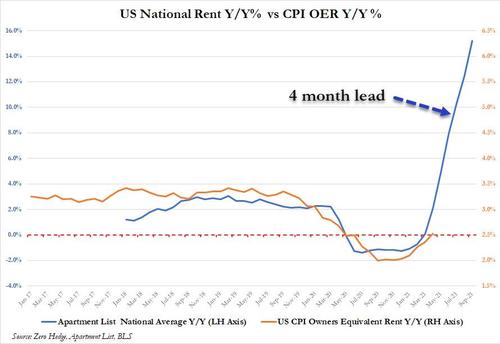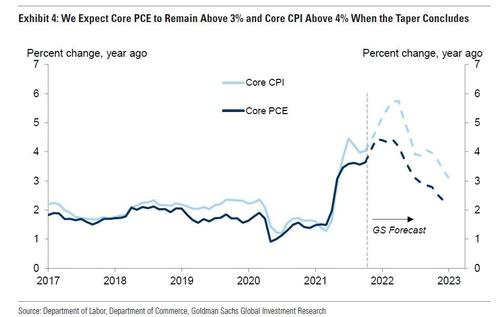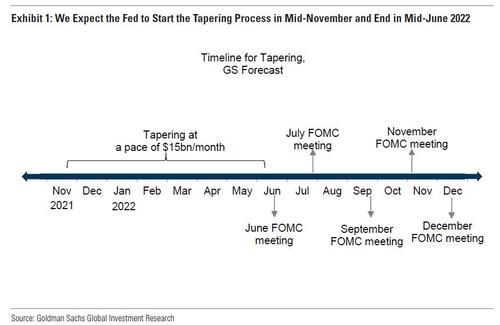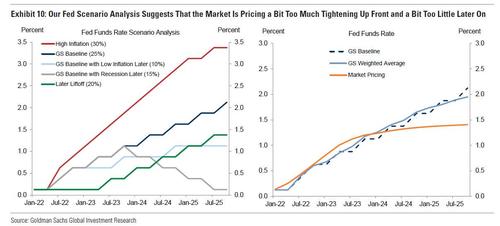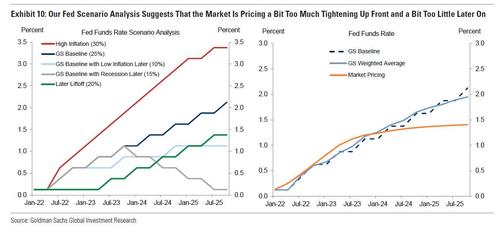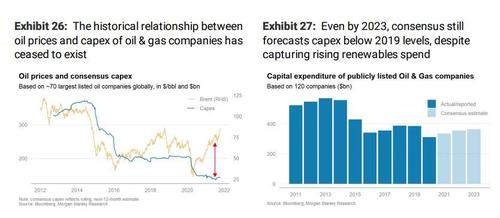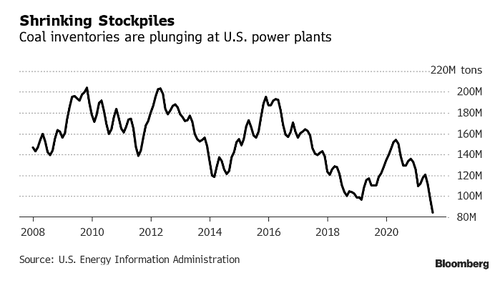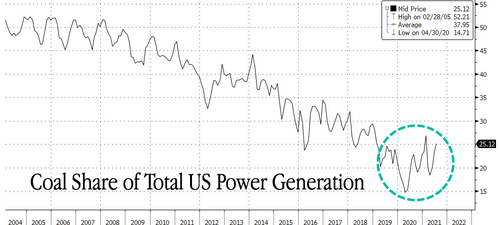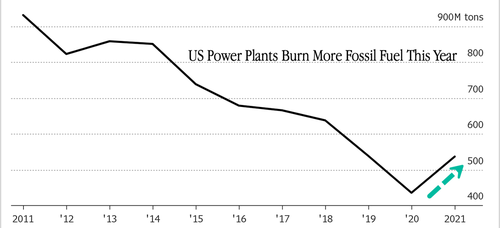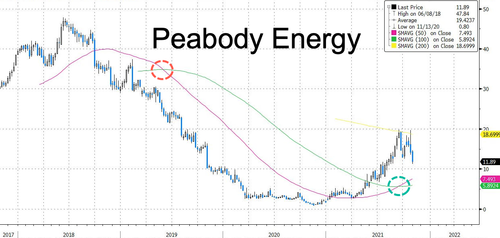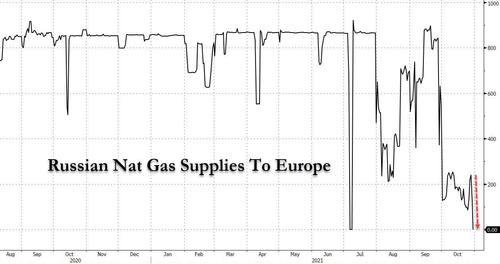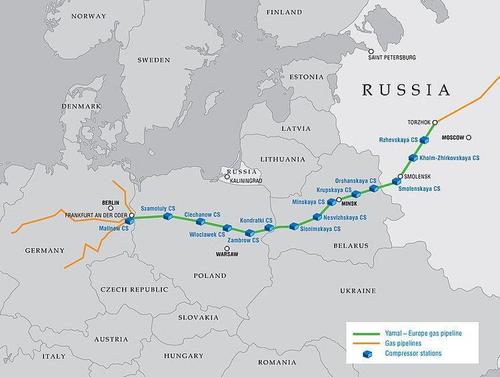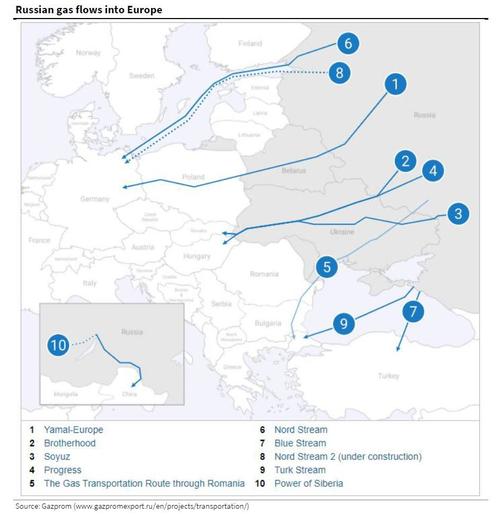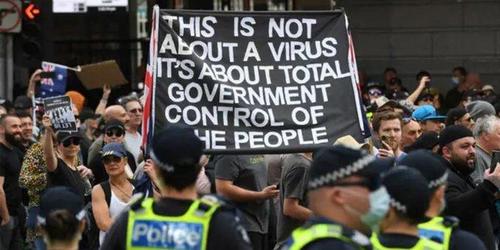US-Trained Afghan Spies & Special Forces Are Joining ISIS For ‘Protection’ Against Taliban
Many former national Afghan forces who are now being hunted by the Taliban after their US military backers withdrew from the country in August are turning to the Islamic State for protection, a new investigative Wall Street Journal report finds.
Also among those joining the ranks of ISIS in Afghanistan, or ISIS-K, are members of Afghanistan’s US-trained intelligence service. “The number of defectors joining the terrorist group is relatively small, but growing, according to people who know these men, to former Afghan security officials and to the Taliban,” The Wall Street Journal writes.
Though this is said to be happening in small numbers, and is described as a move out of desperation, it could be a huge boon to ISIS-K’s capabilities, given US-trained intelligence members bring their expertise and capabilities with them to the terrorist group. Critics of the Biden’s administration’s Afghan exit fiasco have long warned that “left behind” US assets would be swooped up by terror groups.
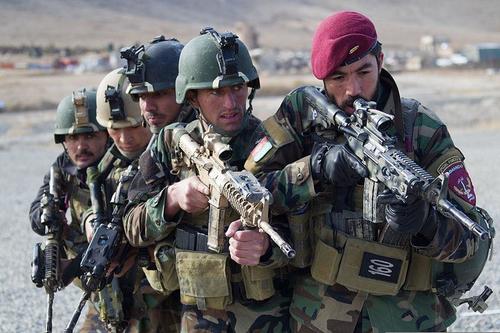
According to WSJ, “Importantly, these new recruits bring to Islamic State critical expertise in intelligence-gathering and warfare techniques, potentially strengthening the extremist organization’s ability to contest Taliban supremacy.”
As evidence the report cites “An Afghan national army officer who commanded the military’s weapons and ammunition depot in Gardez, the capital of southeastern Paktia province, joined the extremist group’s regional affiliate, Islamic State-Khorasan Province, and was killed a week ago in a clash with Taliban fighters, according to a former Afghan official who knew him.”
“The former official said several other men he knew, all members of the former Afghan republic’s intelligence and military, also joined Islamic State after the Taliban searched their homes and demanded that they present themselves to the country’s new authorities,” continues the report.
Alarmingly among those defecting to ISIS ranks amid fears they’ll be killed by the Taliban are elite special forces members. In some cases these Afghan special forces would have received training considered as elite as anyone can get, given their instructors at one point would have been US Navy SEALS or Green Berets. WSJ cites instances of this as follows: “A resident of Qarabagh district just north of Kabul said his cousin, a former senior member of Afghanistan’s special forces, disappeared in September and was now part of an Islamic State cell.”
The report explains how literally hundreds of thousands of Afghan national troops, intelligence officers, and police haven’t been paid for months since the collapse of the US-backed Kabul government – and at the same time they’re too afraid to show up to work, or identify themselves as part of the former government. At a moment the Taliban is trying to stamp out its ISIS-K rival, these disaffected and unemployed US-trained personnel are fodder for Islamic State recruitment.
Hunted by the Taliban and lacking income, members of Afghanistan’s disbanded security forces are enlisting in ISIS, the only resistance movement fighting the new rulers – not unlike Iraq’s disbanded security forces when the US put their enemies in charge. https://t.co/Hb9KZUmlmx
— Joshua Landis (@joshua_landis) October 31, 2021
And then there’s this interesting widespread believe mentioned in the WSJ report:
The Taliban have long alleged that Islamic State-Khorasan Province was a creation of Afghanistan’s intelligence service and the U.S. that aimed to sow division within the Islamist insurgency, a claim denied by Washington and by Kabul’s former government.
Notably there’s the recent historical example of how the resistance was formed in Iraq after the 2003 US invasion. With Saddam Hussein toppled, hundreds of thousands of newly unemployed former Iraqi soldiers and police joined radical groups to wage a deadly insurgency.
Already a number of major suicide and car bomb attacks have killed dozens in a few major cities, including Kabul – most of which have been blamed on ISIS-K. Washington officials have at various times suggested the possibility that the Pentagon might in some instances assist in anti-ISIS operations (for example with air support) – but so far the Biden administration has resisted putting such an obviously controversial plan in motion, given it would mean working directly with the Taliban.
Tyler Durden
Sun, 10/31/2021 – 23:05
via ZeroHedge News https://ift.tt/3muPr9v Tyler Durden

